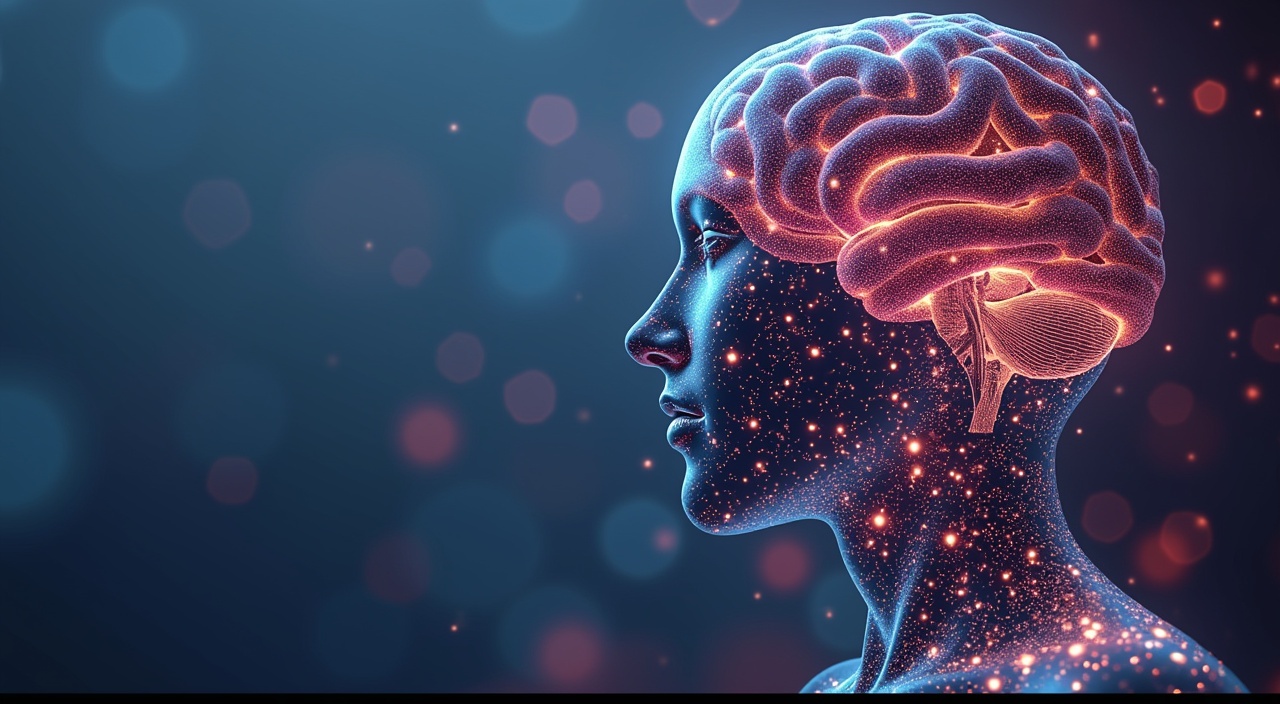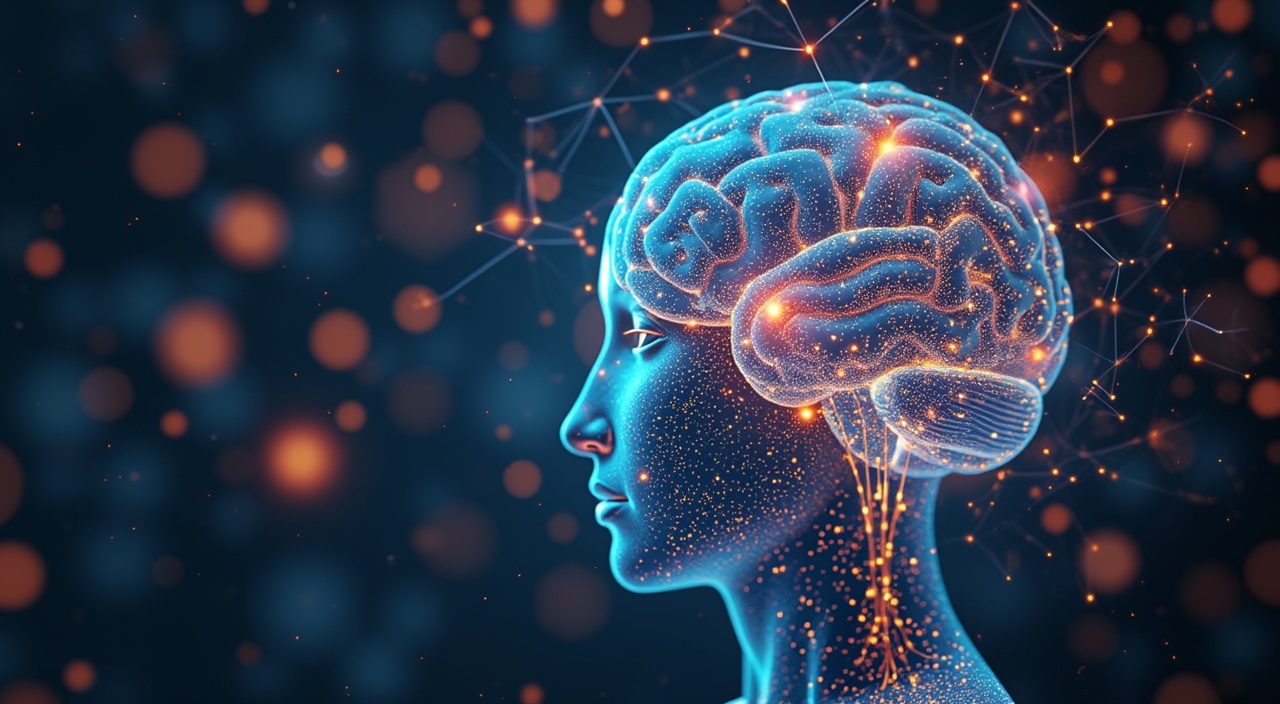Students across high schools are reshaping traditional education by becoming AI mentors to their teachers. Recent studies show that these digital natives possess valuable insights into artificial intelligence tools that can enhance classroom learning. I’ve seen firsthand how this role reversal creates powerful learning partnerships between students and educators.
Key Takeaways
- Students lead the charge in AI education by sharing their tech expertise with teachers
- Practical AI tools like ChatGPT, DreamBox, and Magic School AI transform daily lessons
- Peer-to-peer tech training speeds up digital adoption and boosts classroom engagement
- Clear guidelines help maintain academic honesty while using AI tools
- Student mentors bring unique perspectives that strengthen modern teaching methods
Strange but true: Teachers report that student-led AI training sessions often result in faster technology adoption compared to traditional professional development. Here’s what I mean: Students naturally understand how to explain tech concepts in relatable terms, making it easier for educators to grasp and implement new tools.
The good news? This collaborative approach breaks down traditional barriers and creates an environment where everyone learns from each other. Let that sink in. When students become the experts, they develop leadership skills while helping their teachers master essential digital tools for the future of education.
When Technology Meets Classroom Innovation
I’ve noticed a fascinating shift in classroom dynamics where students are becoming the AI experts. According to EdWeek’s recent study, 33% of K-12 teachers have started using AI tools in their classrooms, while another EdTech Magazine report shows 56% of school leaders anticipate increased AI adoption next year.
Student-Led AI Integration
Students are stepping up as AI mentors for their teachers, creating a reverse mentorship model that’s changing traditional education. This matches what I’ve seen in my consulting work with businesses adapting to AI technology. The younger generation’s natural comfort with technology makes them perfect guides for teaching AI literacy.
Teachers who embrace this student-led approach find themselves learning alongside their students, breaking down the traditional teacher-student hierarchy while building stronger classroom relationships.

The AI Tools Transforming Education
The educational landscape has shifted dramatically with AI integration. Based on my experience working with schools, I’ve noticed students often lead the charge in adopting these technologies. ChatGPT stands out as the front-runner, with 21% of teachers using AI tools occasionally in their classrooms.
Popular AI Platforms in Schools
DreamBox excels at adapting to individual learning speeds, while Magic School AI creates custom lesson plans. Students show remarkable skill in using these AI tools, often teaching their instructors the finer points of each platform.
Student-Led AI Integration
Students demonstrate practical applications through:
- Using ChatGPT for research outline creation
- Applying DreamBox for math concept practice
- Creating study guides with Eduaide.AI
- Running grammar checks on essays
The impact extends beyond traditional learning. Students now act as tech mentors, showing teachers how to streamline grading and lesson planning. This reverse mentoring creates a collaborative learning environment where both students and teachers benefit from shared knowledge.

How Students Are Becoming AI Educators
High school students now lead AI training sessions for their teachers, flipping traditional classroom roles. Based on my consulting work, I’ve seen students show impressive skills teaching AI basics to educators.
Student-Led AI Implementation
Students help teachers cut administrative work by 42% through smart AI usage. These digital natives show teachers practical AI applications that make classwork faster and better organized. EdWeek reports that student guidance helps teachers adapt AI tools more quickly.
Here’s what students teach their teachers about AI:
- Quick grading automation using tools like NavigatorTools
- Creating personalized learning materials faster
- Setting up automated feedback systems
- Managing classroom schedules with AI assistance
The good news? This peer-teaching builds stronger student-teacher relationships. Newsela’s research shows students feel more valued when sharing their tech knowledge.
Strange but true: Many teachers now ask students for AI tool recommendations. I’ve watched this create a positive feedback loop where both groups learn from each other. Students gain leadership skills while teachers master new tech faster than through traditional training.
Let that sink in: Students aren’t just learning – they’re becoming valued technology mentors in their schools.
Navigating Ethical Challenges in AI Learning
Students have turned into unexpected mentors, showing teachers how to spot AI-generated content while maintaining honest academic practices. I’ve noticed a shift where students teach faculty about responsible AI use, creating a collaborative learning environment that benefits everyone.
Student-Led Solutions for Academic Integrity
According to Turnitin’s recent analysis, successful student-teacher partnerships focus on these key areas:
- Creating clear guidelines for acceptable AI tool use in assignments
- Setting up peer review systems to validate original work
- Developing AI detection protocols that respect student privacy
- Implementing transparent reporting systems for AI assistance
This approach aligns with findings from NEA Today, showing that 63% of educators worry about cybersecurity risks. Yet, students are stepping up to bridge the knowledge gap, particularly since 49% of teachers lack proper AI training.
The students at XQ Super School demonstrate how AI can strengthen learning without compromising integrity. Their method emphasizes using AI as a learning aid while maintaining original thinking and proper attribution.
Want to learn more about responsible AI integration? Check out my detailed analysis on AI: Boost Your Strengths, Don’t Rewrite Them, where I break down practical strategies for ethical AI adoption.

The Future of Classroom Technology
The stats paint a clear picture: AI is reshaping education right now. According to EdWeek’s recent survey, 25% of teachers recognize AI’s ability to create custom learning paths for students. But that’s just the start.
Student-Led AI Integration
I’ve noticed students don’t just use AI – they’re teaching their instructors how to use it better. Like the teens featured in this piece on AI adoption, they’re natural tech adapters. Here’s what makes student-led AI adoption different:
- They spot practical uses for AI tools faster than teachers
- They create informal peer-learning networks
- They find creative ways to blend AI with existing coursework
The results speak volumes – only 1% of educators found no value in AI tools. That’s pushing schools to rethink how they teach tech skills, making students active partners in shaping their learning experience.
Empowering Educational Transformation
Students are leading a remarkable shift in classroom AI adoption. I’ve noticed how high schoolers bring fresh perspectives on AI tools, making them natural guides for their teachers. According to EdWeek’s recent survey, 75% of teachers have started using AI with direct input from their students.
Student-Led AI Integration Benefits
These advantages stand out in student-teacher AI partnerships:
- Students share real-world AI applications they’re already using
- Teachers gain hands-on experience with current tech tools
- Both groups develop stronger digital literacy skills
- Classroom discussions become more engaging and relevant
This partnership approach mirrors what I’ve seen in successful business transformations – when team members teach each other, everyone grows faster. The students’ natural comfort with technology creates an ideal learning environment where educators can focus on guiding responsible AI use while staying current with rapid technological changes.

Sources:
1. EdWeek: Teachers Told Us They’ve Used AI in the Classroom
2. Newsela Blog: All Your Students Are Talking About AI, Now What?
3. EdTech Magazine: AI in Education 2024: Educators Express Mixed Feelings
4. NEA Today: Teaching in the Age of AI
5. XQ Super School: Using Generative AI in High School Classrooms








